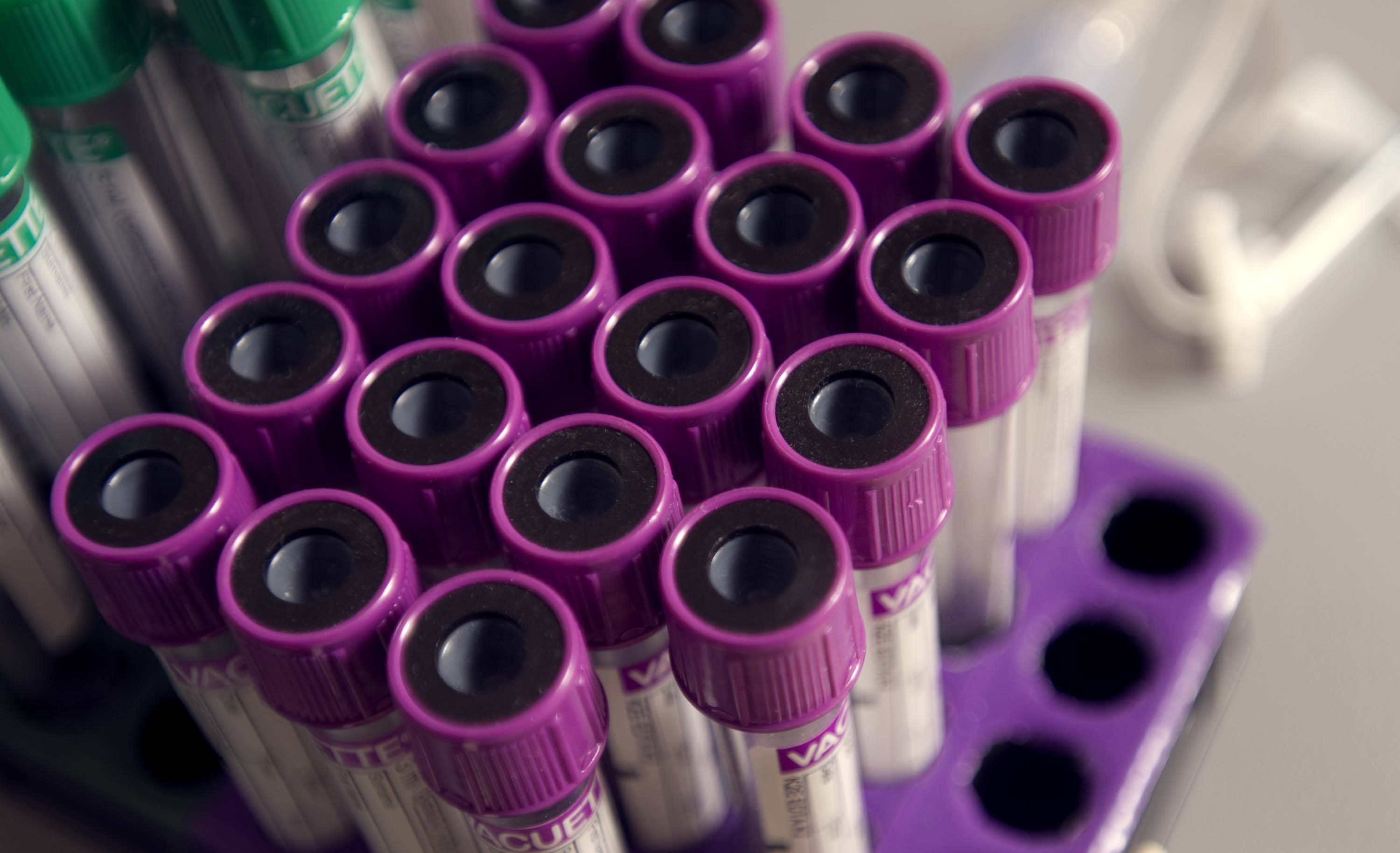Liver transplant patient saved by “smallest heart pump in the world”
Motor-driven pump about the diameter of a pencil, threaded to the heart via catheter, can move more than 2.5 liters of blood per minute through the body
Mark Kennedy had finally gotten the call from University Transplant Center that a new liver was available. The 59-year-old and his wife made the hourlong drive from their home in Austin to University Hospital for the transplant.

The transplant appeared to be going well. But as the surgeons were nearly finished, Mr. Kennedy’s condition began to change. Perhaps from the stress of the surgery, he went into cardiac arrest and showed clear signs of a major heart attack. He went into shock.
Complicating the treatment options was the fact he was bleeding, and his new liver had not yet taken over the job of helping his blood clot normally.
“They came and told me he probably wouldn’t make it,” his wife Leslie Kennedy said.
Earlier in the operating room, an intra-aortic balloon pump had been inserted by surgeons into Mr. Kennedy’s aorta, the main artery leading from the heart to the abdomen. The device is a balloon-tipped catheter that is inflated and deflated in concert with the weakened heart’s rhythm, to help it pump blood throughout the body. But despite the balloon pump and medication, his blood pressure remained dangerously low.
“Balloon pumps are the tried-and-true tool for patients who are in shock,” said Dr. Anand Prasad, an interventional cardiologist and assistant professor of cardiology at the UT Health Science Center. “However, there’s quite a bit of data now from randomized trials that they aren’t as effective as we had always thought they were.”
What saved his life was the swift response by his physicians, and a device billed as “the smallest heart pump in the world.”
When the patient went into shock, Dr. Prasad was called in to help. He decided to use another device that is gaining traction in interventional cardiology for patients with weak hearts. The Impella device is an actual motor-driven pump, about the diameter of a pencil, which takes the same path via catheter through the groin and aorta into the heart’s left ventricle — the main pumping chamber of the heart.
The pump can move 2.5 to 5 liters of blood per minute through the body. Dr. Prasad said it wasn’t the first choice for Mr. Kennedy because of the added risk of bleeding from his liver transplant, but the patient’s condition called for an aggressive approach.
“This is still a large device, even though it’s put in through the groin,” Dr. Prasad said. “It’s not something you want to use in a patient fresh out of a liver transplant, because of the risk of bleeding. So it was an incredible effort and a gamble. Without it, he would have died.”
“The patient is recovering well after his liver transplant,” said Dr. Kenneth Washburn, surgical director of the liver transplant program at University Hospital, and professor of surgery at the UT Health Science Center. “He suffered a life-threatening complication during surgery that required a prompt response from our cardiology colleagues. Their rapid response and institution of aggressive, invasive care with the Impella device saved the patient’s life. This type of support from our specialty colleagues has enabled the liver transplant program to sustain some of the best outcomes in the U.S.”
The pump remained in place for three days, which gave his heart time to recover. His ejection fraction — the fraction of blood pumped from the heart with each heartbeat — went from 35 percent to completely normal. Since then, Mr. Kennedy has been gaining strength and energy.
“I’m feeling good,” Mr. Kennedy said. “I had the transplant in the middle of November. And it was a little different than a regular transplant because I also had the heart attack, so I had to kind of recover from that too. But I definitely feel a lot better.”


